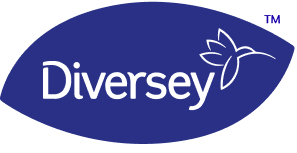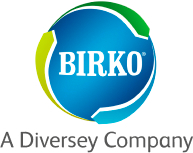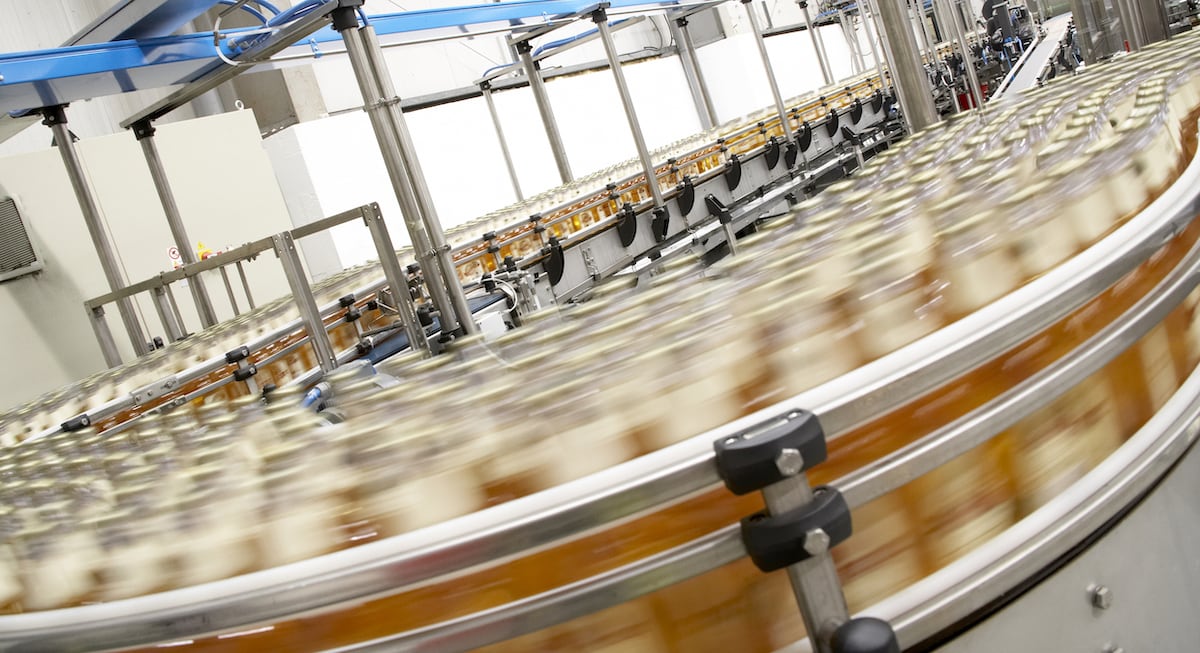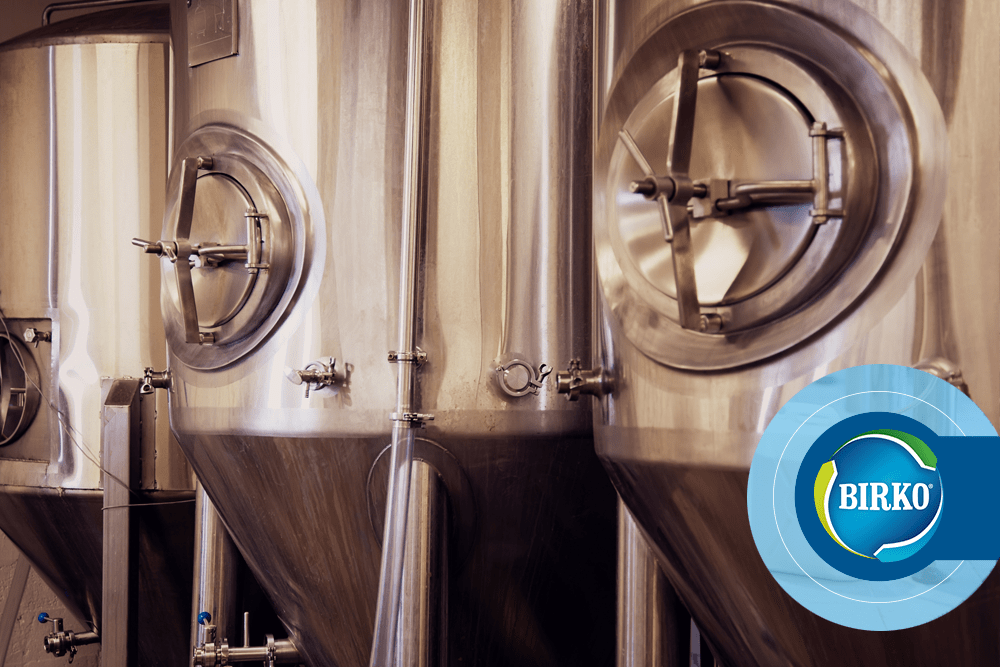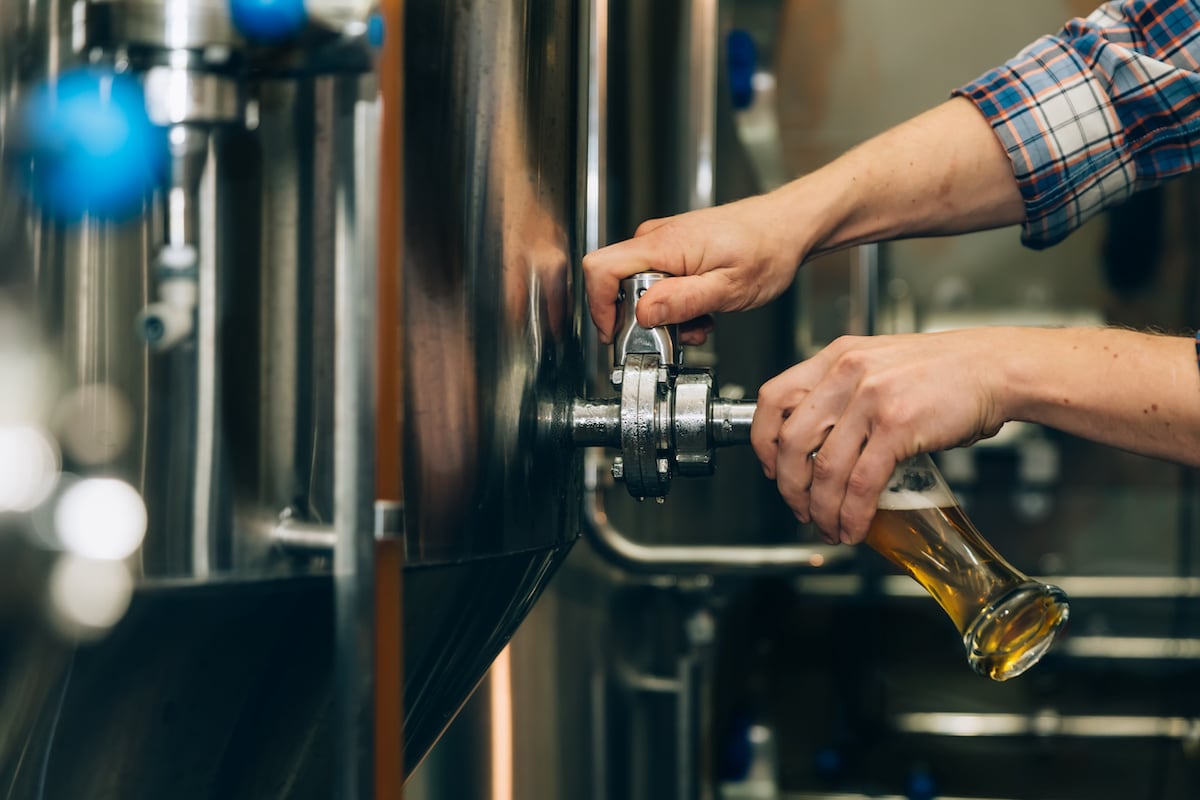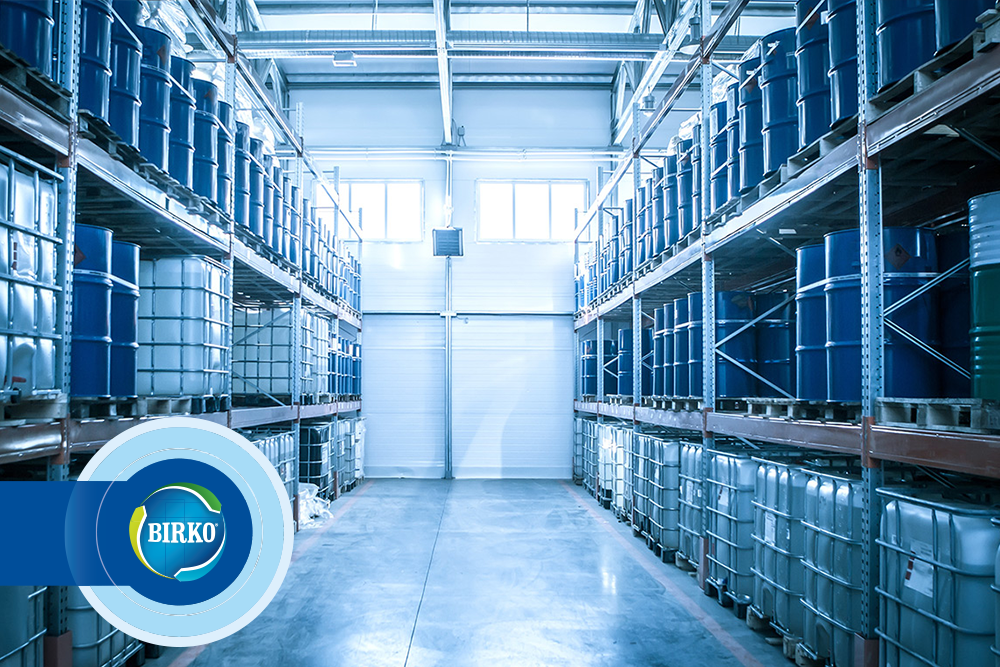In the world of food and beverage processing, water is everywhere. Whether as a raw material for beverages, an essential component of food preparation and production, or a vital element in maintaining the cleanliness of the work environment, water impacts an entire operation.
Where water is necessary for everyday operations, the volume consumed will quickly add up. For example, poultry processing uses anywhere from 3.5 to 7.0 gallons per 4-pound bird; beef processing, mostly due to carcass washing and clean-up, requires from 150 to 450 gallons per animal, or 1 gallon of water per pound of processed hamburger;[1] and breweries require from 7 to 10 gallons of water to produce 1 gallon of beer, depending on their efficiencies.[2]
Given how much water is required to process each product, better management of its use can help you create operational efficiencies, meet profitability targets, and achieve sustainability goals, all while ensuring your employees work in a safe environment.
To help you manage water use effectively, Diversey developed its AquaCheck™ program. As one of several solutions in Diversey’s Knowledge-Based Services portfolio, AquaCheck is designed to measure, analyze, and optimize water use, and sustain those improvements. Through AquaCheck, our team scans your entire operation to identify and quantify your use of water, suggest opportunities for improvement, and help you build sustainable change.
Ready to start saving? Request a call back from our AquaCheck experts
Water as a raw material
Water can be as much as 30% of a food and beverage processor’s annual operating costs,[3] making efficient use of this resource critical to improving profitability. Reducing water consumption in the manufacturing process also reduces the amount of wastewater produced, so the costs associated with wastewater treatment can go down. Furthermore, reducing the impact of wastewater output can contribute to an organization achieving its sustainability goals. For these reasons, improving the usage of such a valuable raw material can be a strategic, profitable, and environmentally responsible move.
But where do you begin to identify areas of improvement?
As with any systemic improvement, you have to start with a baseline. This gives you a starting point to understand the KPIs of your process, create your dashboard of metrics, and use them to measure your growth and development.
Ready for an opportunity assessment? Request a call back from our AquaCheck experts
Efficiencies in water usage
The first step in the AquaCheck process is the operational scan. In partnership with your engineers and operations team, this analysis looks for ways your operation manages water (and wastewater) to determine which incremental improvements will improve efficiency. The analysis also includes a cost breakdown for necessary repairs and improvements, so you see what investments are required and the potential return on your investment.
It’s not unusual to find quick facility fixes like leaking valves, overflowing tanks, or inefficient equipment. The team can also identify procedural changes used in processing or maintenance that make more efficient use of water. In the case of one medium-sized, U.S.-based meat processor, water scarcity was recognized as a major risk to its business. Using AquaCheck, we identified and implemented 10 areas of improvement, saving 170,000 gallons of water and $365,000 annually.
Finally, the AquaCheck team installs and maintains monitoring systems to ensure the improvements are sustained over time. Through periodic visits to your facility, the team gathers performance data that is shared with you to determine how your operation benchmarks against the industry and whether additional or remedial actions are required.
[Learn more about how AquaCheck can help you manage one of the most important natural resources. Request a call back from our AquaCheck experts
[1] Water and Wastewater Use in the Food Processing Industry, Food Northwest trade association.
[2] Quick Answer: How Much Water to Make Beer?, The Institute of Beer.
[3] Based on results achieved by Diversey. All facilities are different. The impact for your site will be calculated as part of an initial Diversey AquaCheck scan.
